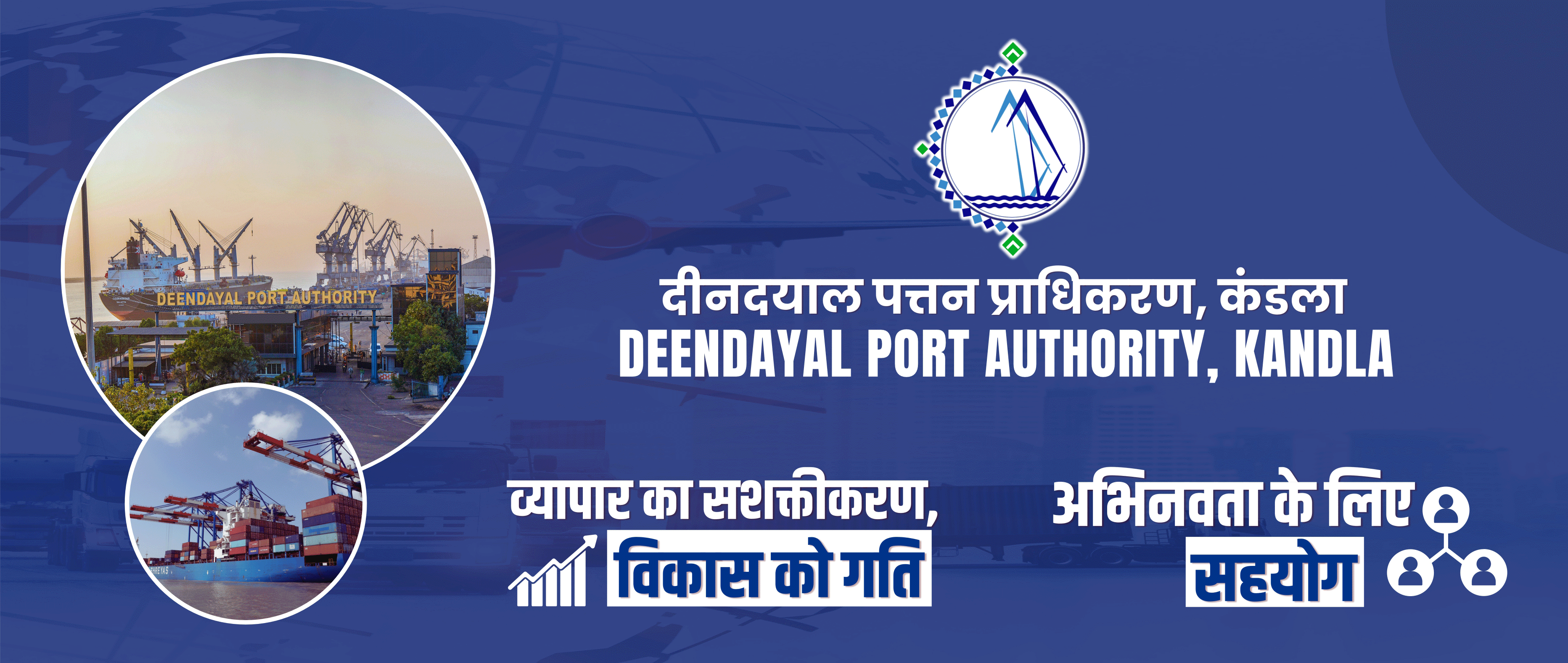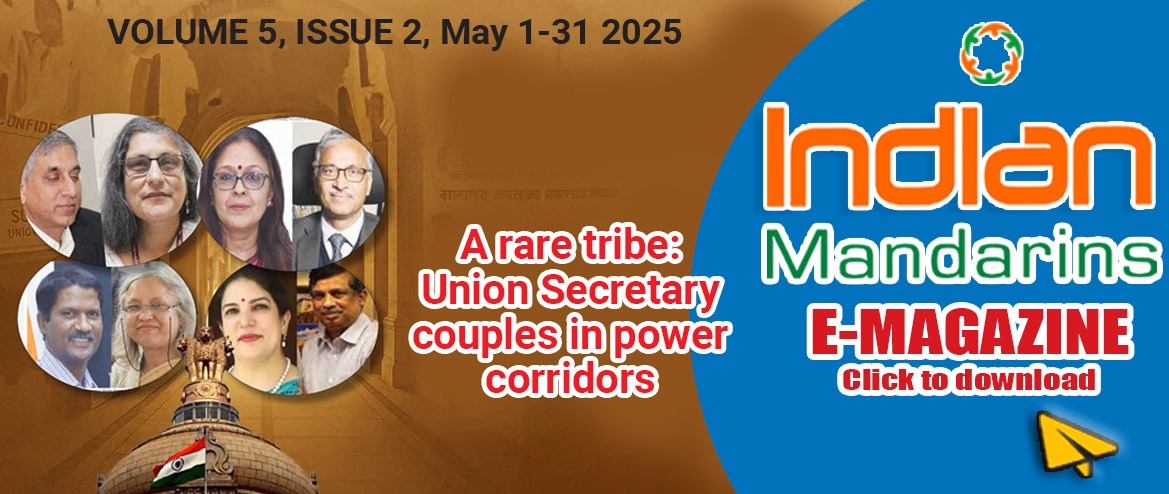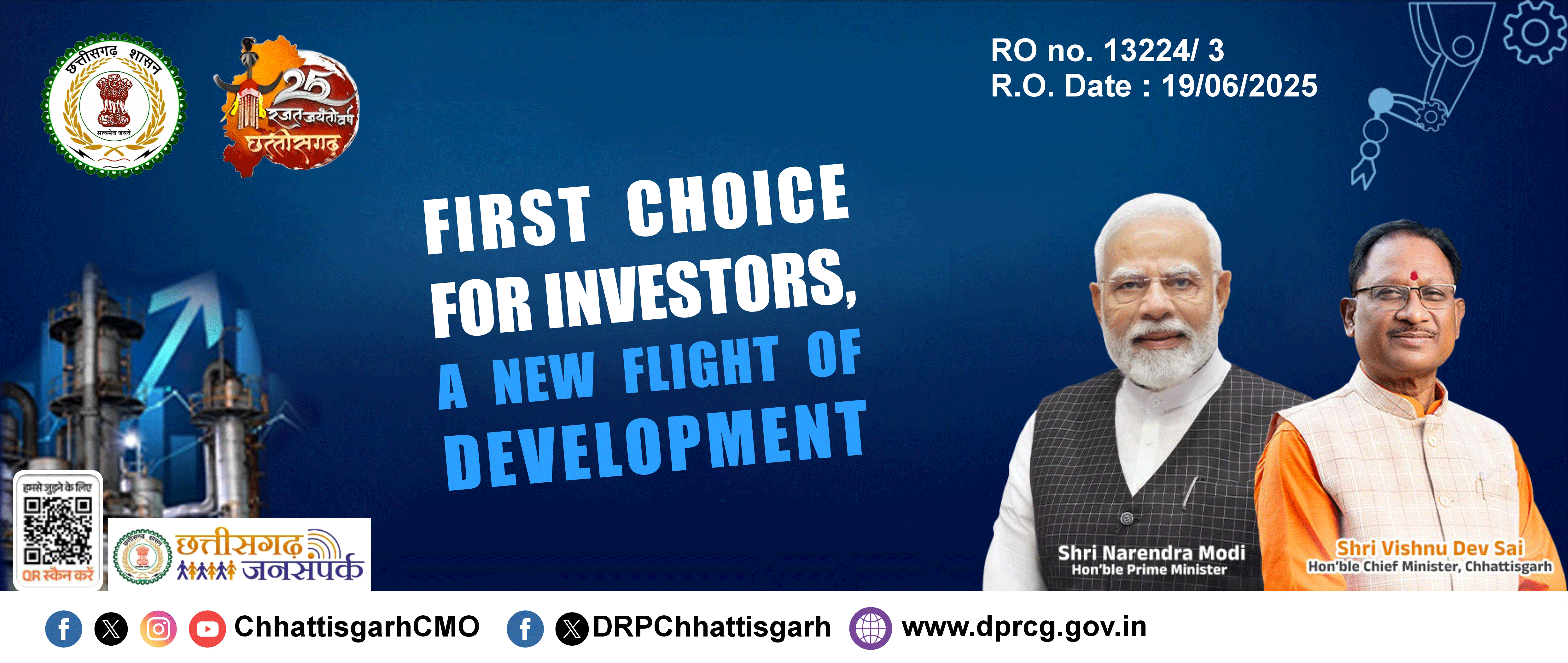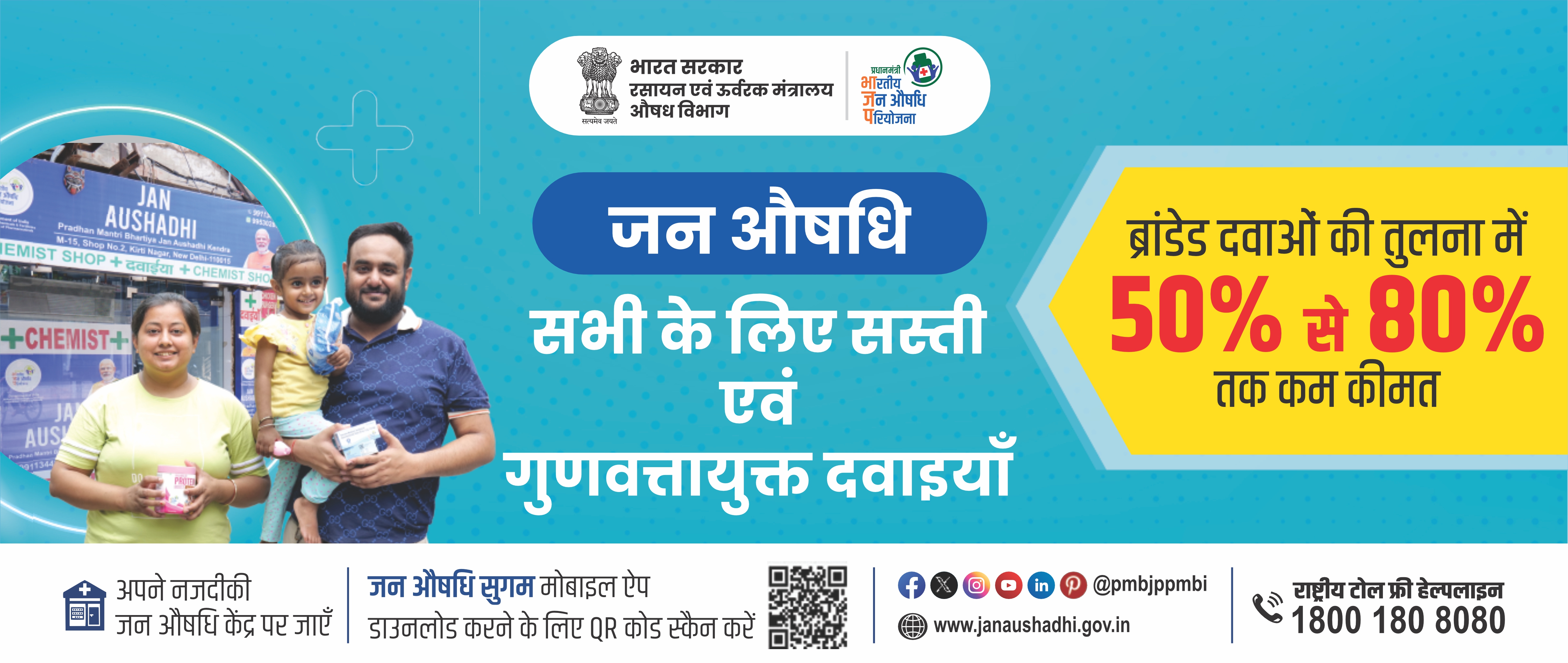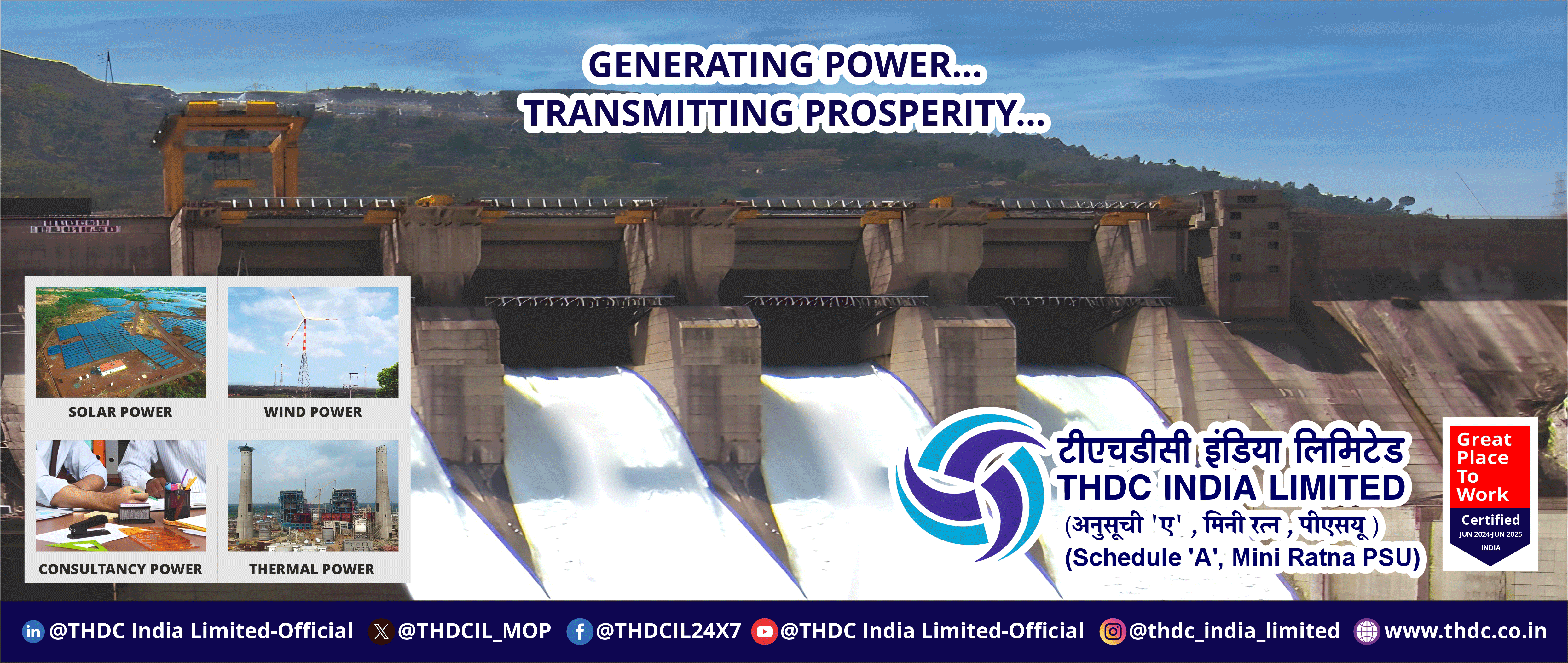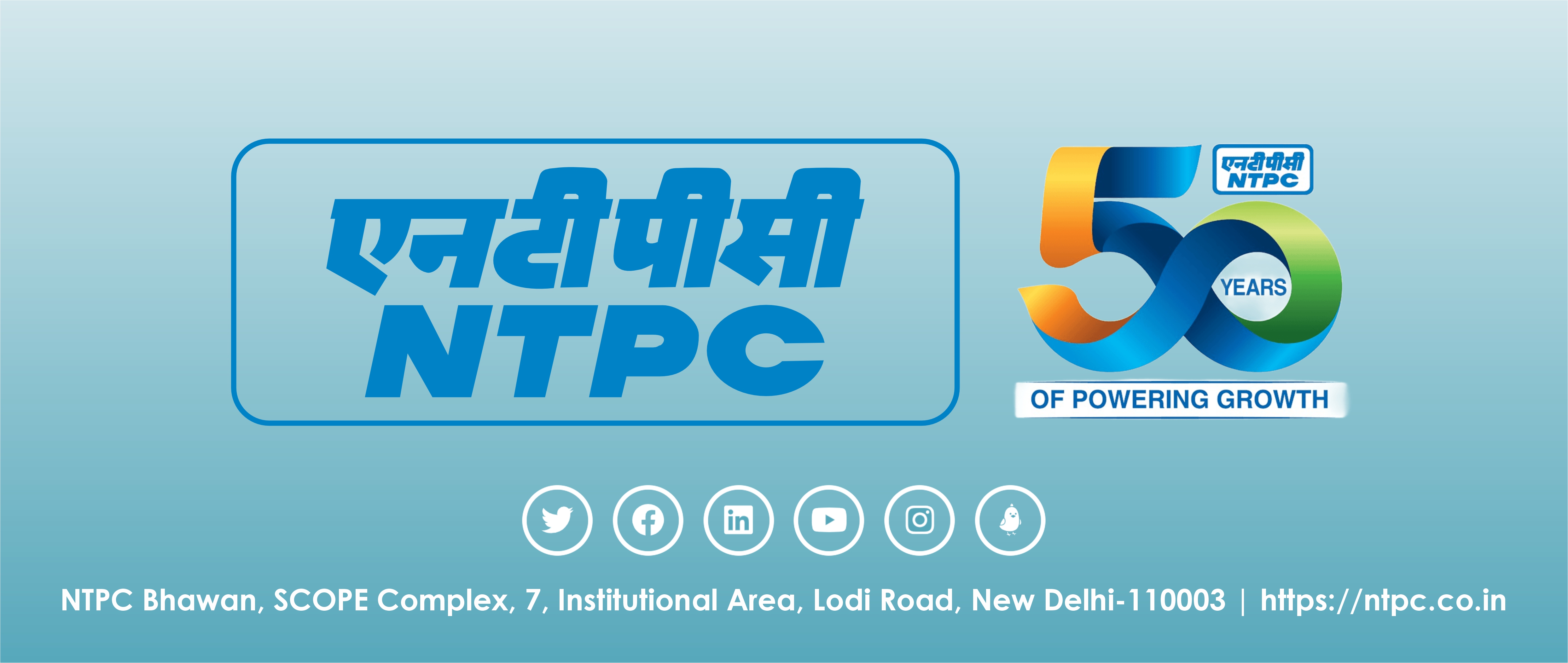TO RECIEVE EXCLUSIVE POSTS AND NEWS
![]() Neither former Finance Minister Yashwant Sinha nor current Finance Minister Arun Jaitley may be amused by what HSBC has said in its latest research note on India.
The global British brokerage firm has forecast that India's GDP may accelerate to $7 trillion from the current level of $2.3 trillion (this point may hugely upset Sinha as his published thoughts on the state of economy stand contradicted), subject to a slew of positive reforms.
The 'Economic Insight' report authored by HSBC's chief India economist Pranjul Bhandari and global economist James Pomeroy has warned the NaMo administration against "stray reforms (read demonetization)," terming them as "harmful." It has also taken the government to task for not investing enough in the social sector that has a huge potential for job creation (and this may hugely upset the lawyer who has come to be seen as a tax consultant rather than a finance minister).
"There are limits to one-off reforms. India needs to create an ecosystem of continuous change," the report said. Social capital is "insufficient" in the country and spending on aspects like health and education "is not just desirable for its [India's] own sake, but is also central to economic growth and political stability," it said.
Its estimates show India will be a $7 trillion economy in 2028, as compared to less than $6 trillion and $5 trillion for Germany and Japan, respectively. India's current GDP is around $2.3 trillion (fiscal 2016-17). It stands at the fifth spot in global rankings.
The report observes that, although reforms over the past year have caused disruptions that will likely mean lower growth rates in the near term, they should allow India to unleash more of its undoubted potential over the medium term.
"Although just 3 percent of global GDP today, India's trend growth should see it overtake Japan and Germany to become the world's third-largest economy within the next decade."
The report says India is caught between two worlds - one is slowing down and the other reviving.
"The first India will be seen this year and the next (FY18 and FY19, year-end March). This India is experiencing weak growth across the main sectors," HSBC said.
It added that "the second India will appear on a three-year-plus horizon (FY20 and beyond) in our view. This India looks more attractive".
In line with this narrative, HSBC expects growth to slow from 7.1 percent last year to 6.5 percent over 2017-18 and 7 percent in 2018-19 before moving higher to 7.6 percent in 2019-20.
HSBC said the short-term disruptions of the current reforms would have settled by the FY20 and beyond.
"We have estimated that in the medium term, GST alone could add 40 bps to GDP growth emanating from its productivity and efficiency gains," the report stated, pointing to the resolution of "initial wrinkles" in other reforms such as the Bankruptcy Code and the Real Estate (Regulation and Development) Act (RERA) by then.
Finally, Bhandari and Pomeroy add: "However, there is much to do to ensure this is not another false start. India needs to make it easier to do business, strengthen its banking system and invest heavily in infrastructure. And while it accounts for a quarter of the world's total IT exports, its share of global merchandise exports is just 2 percent. It needs to rely less on services and improve a manufacturing sector that has suffered from decades of insufficient reform".
Looks like the two economists forgot to mention that whatever India may do to improve its manufacturing ability, its economy may continue to be afflicted unless the primacy of its agriculture is acknowledged and pending urgent reforms executed in this sector to provide wings to the economy.
Neither former Finance Minister Yashwant Sinha nor current Finance Minister Arun Jaitley may be amused by what HSBC has said in its latest research note on India.
The global British brokerage firm has forecast that India's GDP may accelerate to $7 trillion from the current level of $2.3 trillion (this point may hugely upset Sinha as his published thoughts on the state of economy stand contradicted), subject to a slew of positive reforms.
The 'Economic Insight' report authored by HSBC's chief India economist Pranjul Bhandari and global economist James Pomeroy has warned the NaMo administration against "stray reforms (read demonetization)," terming them as "harmful." It has also taken the government to task for not investing enough in the social sector that has a huge potential for job creation (and this may hugely upset the lawyer who has come to be seen as a tax consultant rather than a finance minister).
"There are limits to one-off reforms. India needs to create an ecosystem of continuous change," the report said. Social capital is "insufficient" in the country and spending on aspects like health and education "is not just desirable for its [India's] own sake, but is also central to economic growth and political stability," it said.
Its estimates show India will be a $7 trillion economy in 2028, as compared to less than $6 trillion and $5 trillion for Germany and Japan, respectively. India's current GDP is around $2.3 trillion (fiscal 2016-17). It stands at the fifth spot in global rankings.
The report observes that, although reforms over the past year have caused disruptions that will likely mean lower growth rates in the near term, they should allow India to unleash more of its undoubted potential over the medium term.
"Although just 3 percent of global GDP today, India's trend growth should see it overtake Japan and Germany to become the world's third-largest economy within the next decade."
The report says India is caught between two worlds - one is slowing down and the other reviving.
"The first India will be seen this year and the next (FY18 and FY19, year-end March). This India is experiencing weak growth across the main sectors," HSBC said.
It added that "the second India will appear on a three-year-plus horizon (FY20 and beyond) in our view. This India looks more attractive".
In line with this narrative, HSBC expects growth to slow from 7.1 percent last year to 6.5 percent over 2017-18 and 7 percent in 2018-19 before moving higher to 7.6 percent in 2019-20.
HSBC said the short-term disruptions of the current reforms would have settled by the FY20 and beyond.
"We have estimated that in the medium term, GST alone could add 40 bps to GDP growth emanating from its productivity and efficiency gains," the report stated, pointing to the resolution of "initial wrinkles" in other reforms such as the Bankruptcy Code and the Real Estate (Regulation and Development) Act (RERA) by then.
Finally, Bhandari and Pomeroy add: "However, there is much to do to ensure this is not another false start. India needs to make it easier to do business, strengthen its banking system and invest heavily in infrastructure. And while it accounts for a quarter of the world's total IT exports, its share of global merchandise exports is just 2 percent. It needs to rely less on services and improve a manufacturing sector that has suffered from decades of insufficient reform".
Looks like the two economists forgot to mention that whatever India may do to improve its manufacturing ability, its economy may continue to be afflicted unless the primacy of its agriculture is acknowledged and pending urgent reforms executed in this sector to provide wings to the economy.





